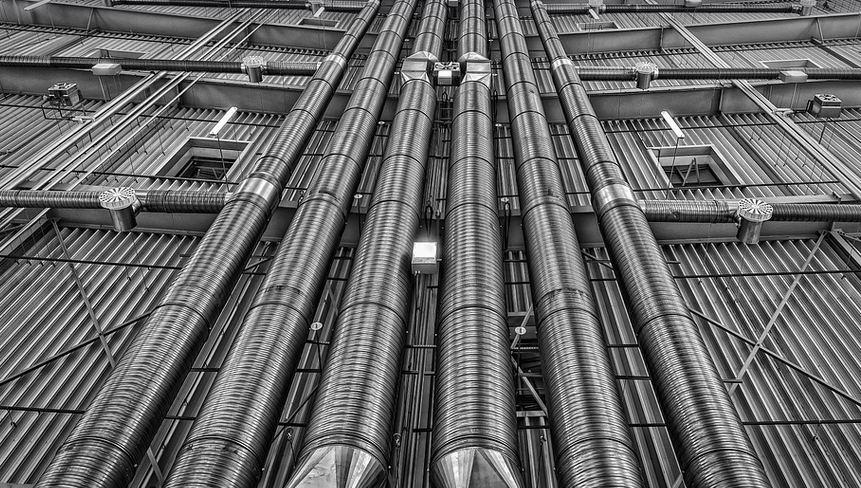
How Long Will Your Underground Rubber Hose Last?
Putting Life Expectancy into Perspective
We all want our underground plumbing to hold up for years, maybe even decades. After all, you wouldn’t want your precious water supply going down the drain (literally) after a mere few years, right?
But how long exactly will that rubber hose, often used in irrigation or drainage systems, actually last? It’s not as straightforward as you might think.
The answer, unfortunately, isn’t a simple “number of years.” It depends on several factors. Think of it like this: each hose has its own personality, determined by its unique combination of materials and how it’s used.
**Rubber: The Backbone of Longevity**
Rubber is the heart of most underground hoses. It’s flexible, durable, and resistant to punctures from debris or roots that might be lurking in the ground. But even with this inherent strength, several factors can affect its longevity.
**Temperature Tango: Heat is a Hose’s Worst Enemy**
When exposed to extreme temperatures, rubber hoses can lose their flexibility and resilience. Both scorching heat and freezing cold can weaken the material over time. Think of it this way: summer heat will make your hose go stiff and brittle, while winter chill will cause it to crack.
**Sunlight’s Impact: A Silent Threat**
Sunlight isn’t just about warming up the earth; it can also damage rubber hoses over time. Though not as dramatic as temperature extremes, prolonged UV exposure can lead to a deterioration in the hose’s material, making it less durable.
**Water Woes: The Importance of Quality**
The type of water your hose is exposed to plays a crucial role. Hard water with high mineral content can leave deposits on the interior walls, decreasing its flexibility and causing clogs. Soft water, on the other hand, has less corrosive power, making it ideal for hoses used in irrigation.
**Layering Up: The Protective Shield**
While most rubber hoses are equipped with protective layers of PVC or other materials, they’re still susceptible to damage from abrasion. Sometimes, the constant pressure and movement over time can weaken these protective layers, leading to leaks.
**Maintenance Matters: Keeping Your Hose in Top Shape**
Regular inspection and maintenance are essential for extending your rubber hose’s lifespan. This includes checking for cracks, punctures, or wear and tear on the exterior as well as keeping it free of debris and obstructions that might cause stress on the material.
**Beyond Rubber: A Deeper Look at Hose Lifespans**
While rubber hoses are a staple in the underground plumbing world, there are other materials used for similar applications. For instance, thermoplastic pipes like polyethylene or polyvinyl chloride offer exceptional strength and resistance to pressure. These pipes often come with built-in UV protection to resist sunlight degradation.
**The Bottom Line: It’s All About Responsible Use**
Ultimately, the lifespan of your rubber hose is a result of a complex interplay of factors. But with proper care and understanding of these crucial elements, you can ensure that your underground plumbing system stays in tip-top shape and outlives those pesky leaks.
**Remember:** It’s always best to consult with a plumbing professional if you have any doubts about the longevity or suitability of a particular hose for your specific application.
**Happy piping!**